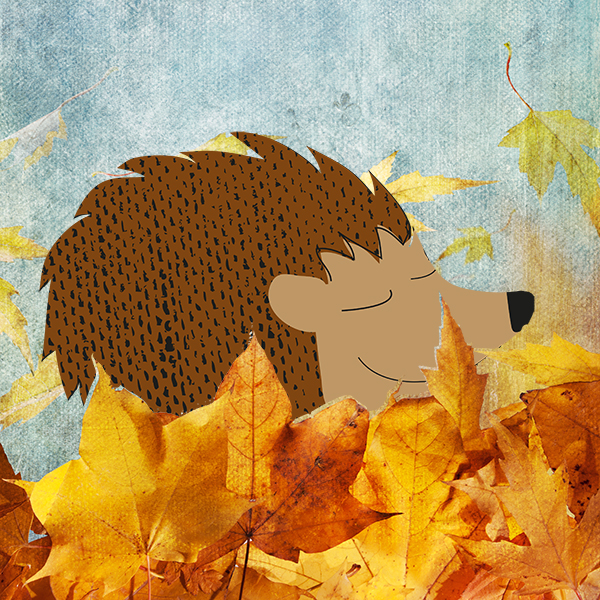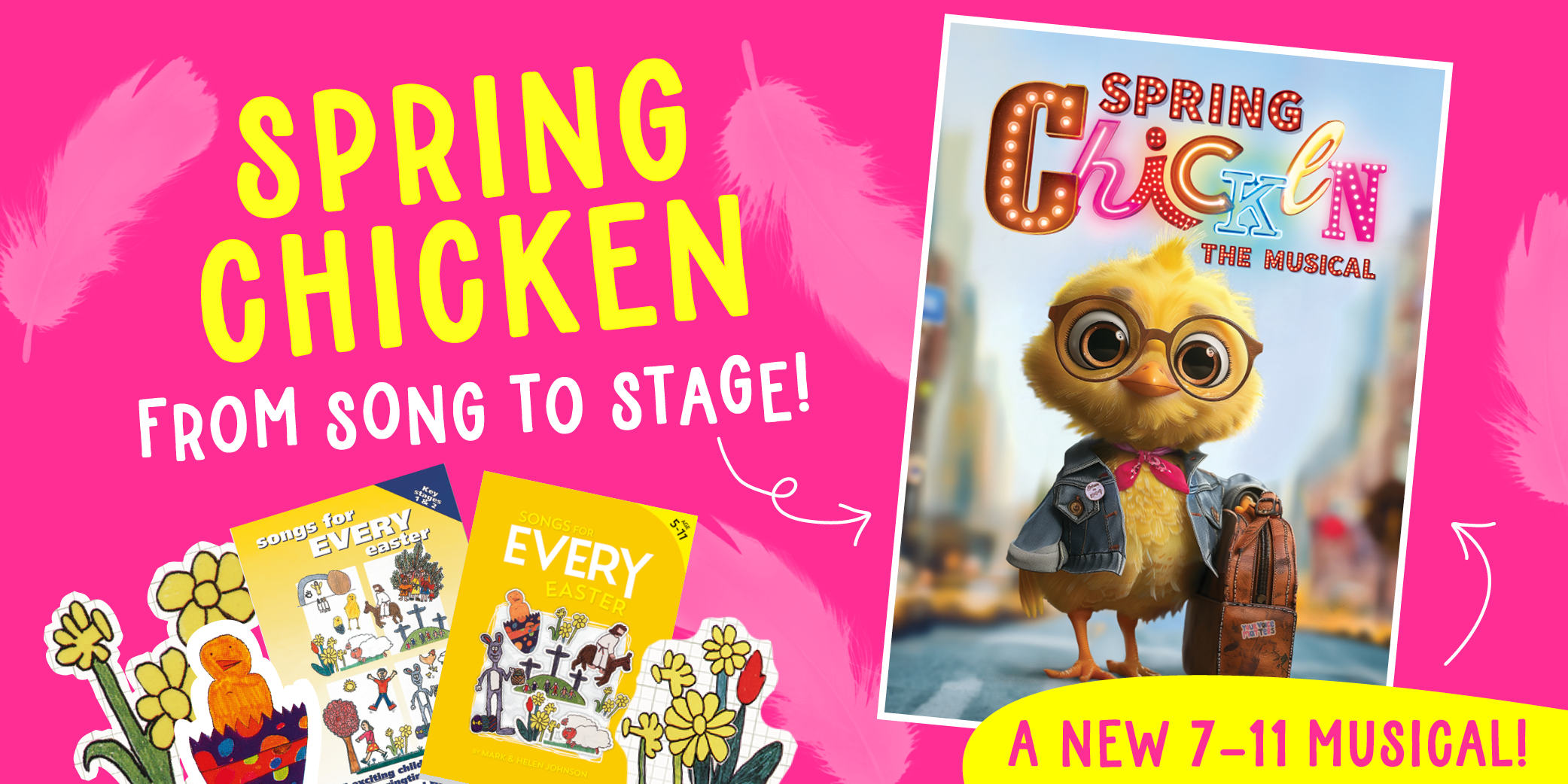 The start of autumn sees a flurry of activity in schools – a return to work for teachers and new year groups and classes for children. New faces and places, lessons to plan, outings and activities to organise… all this can come as a bit of a shock after the (hopefully) slower tempo of the
The start of autumn sees a flurry of activity in schools – a return to work for teachers and new year groups and classes for children. New faces and places, lessons to plan, outings and activities to organise… all this can come as a bit of a shock after the (hopefully) slower tempo of thesummer holidays.
But as the nights start drawing in and the temperatures start to drop, there can’t be many of us who haven’t thought that it’d be altogether easier to curl up and hide ourselves away, tucked up in bed as the cold months of winter loom! Hibernation for humans, however, remains nothing more than an idle daydream and we just have to content ourselves with the occasional duvet day!
 In the UK we have only three true hibernating mammals – bats, dormice and, of course, hedgehogs. Hibernation is a truly incredible process: a hibernating animal’s heart rate will slow right down, its breathing almost stops (hedgehogs breathe just once every few minutes) and its body temperature drops so low that it almost matches the ambient temperature outside! A wood frog’s heartbeat and breathing actually stop altogether and even its blood can freeze!
In the UK we have only three true hibernating mammals – bats, dormice and, of course, hedgehogs. Hibernation is a truly incredible process: a hibernating animal’s heart rate will slow right down, its breathing almost stops (hedgehogs breathe just once every few minutes) and its body temperature drops so low that it almost matches the ambient temperature outside! A wood frog’s heartbeat and breathing actually stop altogether and even its blood can freeze!All this is done to conserve energy and baby hedgehogs, called urchins or hoglets, have to feed quickly through spring and autumn to build up enough fat stores to see them through the winter. If you see a hedgehog out and about during the winter, they probably need help and you should take them to a wild animal sanctuary.
So, amidst the hustle and bustle of the autumn term, how about bringing hibernation into the classroom with these sleep-inspired activities? Hibernation is a perfect song to set the scene!
- Ask the children to make a sleep chart for a week. How long do they spend asleep? How much
of every day, week or year do they spend in bed? - Hedgehogs need warm and cosy nests to rest up in, so why not try making a hedgehog home to
keep in a quiet corner of the school field (here are some instructions from St Tiggywinkles on
constructing one)? - Some dormice have been found to hibernate for 11 months of the year! What would it be like to sleep
for this long and what would your class miss while they were hibernating? - Make a pros and cons chart to highlight the advantages and disadvantages of hibernating for
the winter.
 And remember, if the workload this term starts to get the better of you and you begin dreaming of lying in torpor in a snug, quiet cave, console yourself with this thought: mother bears actually work really hard during their slumber months – they give birth and nurse their cubs during their winter sleep. Perhaps the odd duvet day doesn’t sound too bad after all!
And remember, if the workload this term starts to get the better of you and you begin dreaming of lying in torpor in a snug, quiet cave, console yourself with this thought: mother bears actually work really hard during their slumber months – they give birth and nurse their cubs during their winter sleep. Perhaps the odd duvet day doesn’t sound too bad after all!Click here to post a comment.




